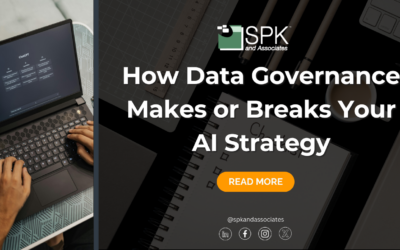It’s common knowledge that virtual infrastructure and virtual computing is becoming the standard rather than the exception. The pros of virtual computing far outweigh the cons, and as a result, more and more physical machines are being turned into virtual machines.
In this post, we discuss 5 reasons why you should convert a physical machine to a virtual machine as part of your infrastructure management plan. For this topic, I’ll be referencing VMWare’s ESX product as that is our recommended virtual platform.
1. Aging Hardware
You may have purchased a server back in 2006 to be a critical part of your infrastructure — fast forward to 2013 and that piece of hardware is looking old, and you’re getting concerned that the machine will fail at any given point. This is the #1 case for converting a physical machine to a virtual machine. As long as the machine doesn’t have any specific hardware (i.e. parallel port license dongle), this machine should be converted to a virtual machine. You immediately gain all the benefits of being a virtual machine and you no longer have to worry about losing productivity due to downtime.
2. Future Expansion
The best case for virtualizing a file server is future expansion. It is far cheaper in the long run to expand disk size of a virtual machine rather than buying a physical disk. If you have a Windows file server, you could add a new virtual disk, and either migrate data over to it, or just create a new share and have users store their data there. No downtime required! For a Linux-based file server, you add the virtual disk, add it to your LVM group, and extend the volume group and boom, more space instantly. Again, no downtime required and no users complaining about the lack of free space in their home directory.
3. Test Environment
One key element in managing a solid infrastructure is to have a test environment to develop and test out infrastructure changes or applications. If this is a physical environment, you’re going to be dealing with some challenges and lost time if you make a mistake. In a virtual test environment, you can easily snapshot a working environment, make your changes, and if it fails, roll back to those working snapshots and try again. UNLIMITED times! You save time, and as such, can implement changes with full confidence that it’s going to work the first time.
4. Performance
Recently, I did a P2V (Physical to Virtual) conversion and the machine I was converting actually performed better as a virtual machine than it’s physical counterpart. This was because the VMWare ESX server was faster and had far more resources than the physical machine. If you have an older server and a brand new VMWare ESX server, you should seriously consider virtualizing that physical machine. See reason #1 above for more justification.
5. Ease of Management
I like having a centralized location to manage all of my machines, rather than having to walk into the server room to get on the console of each of them, or login to an ILO/DRAC to get on the console. With vSphere, I can get on the console to all of my virtual machines and quickly diagnose any issues. Also, some software applications require you install them from the console, so it’s a lot easier to manage that from vSphere.
Summary
There are other good reasons to convert a physical machine to a virtual machine, but these are the main factors that I consider before doing the conversion. In my next blog, I’ll talk more about the process using the VMware vCenter Converter product and how easy it is to do. That alone might be your reason for doing it. It’s easy and you gain all the benefits I talked about in this post. If you have any questions or comments about this topic, feel free to write! I’d love to discuss it with you.
Next Steps:
- Contact SPK and Associates to see how we can help your organization with our ALM, PLM, and Engineering Tools Support services.
- Read our White Papers & Case Studies for examples of how SPK leverages technology to advance engineering and business for our clients.
Bradley Tinder
Systems Integration Engineer
SPK & Associates







